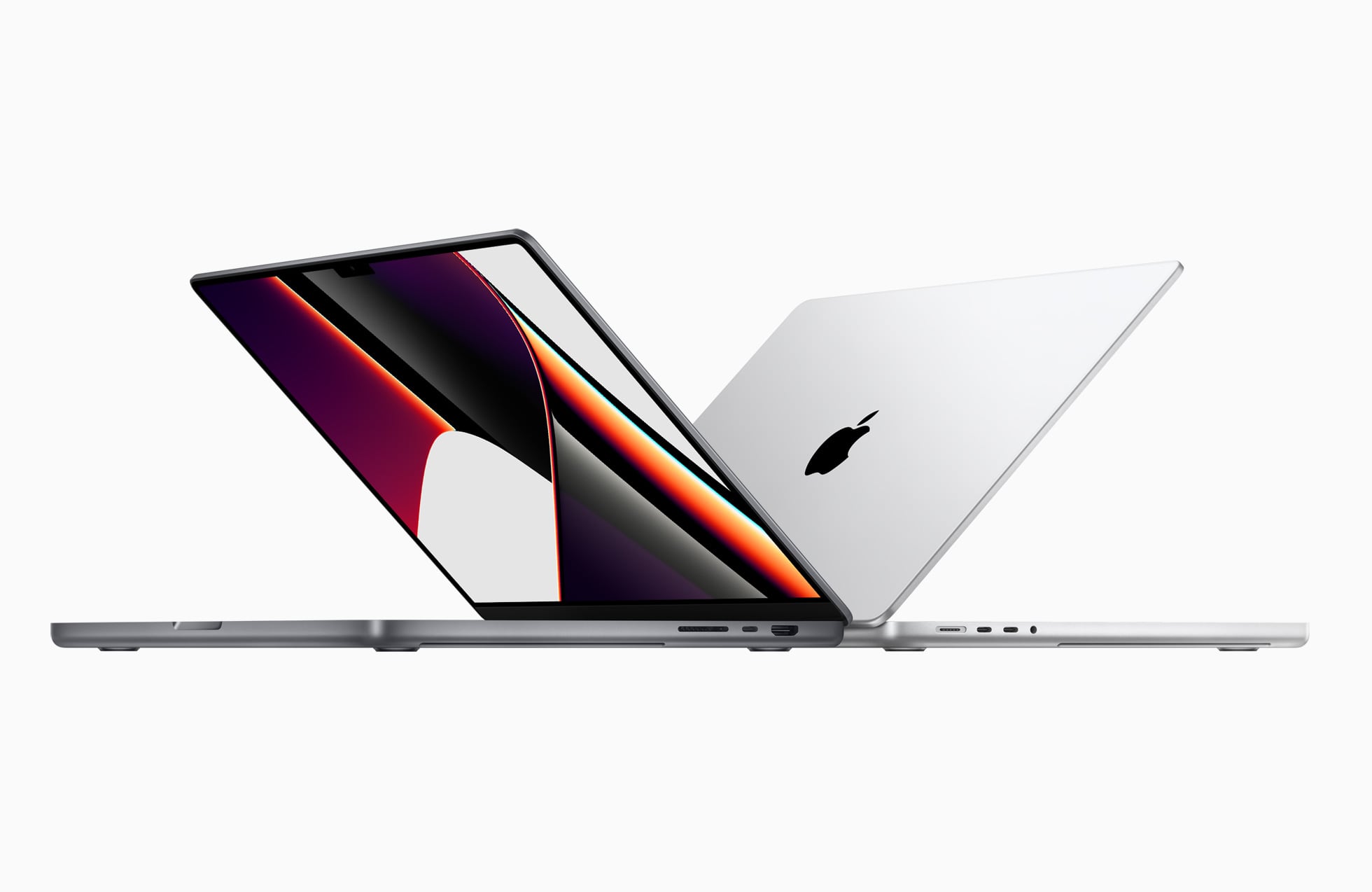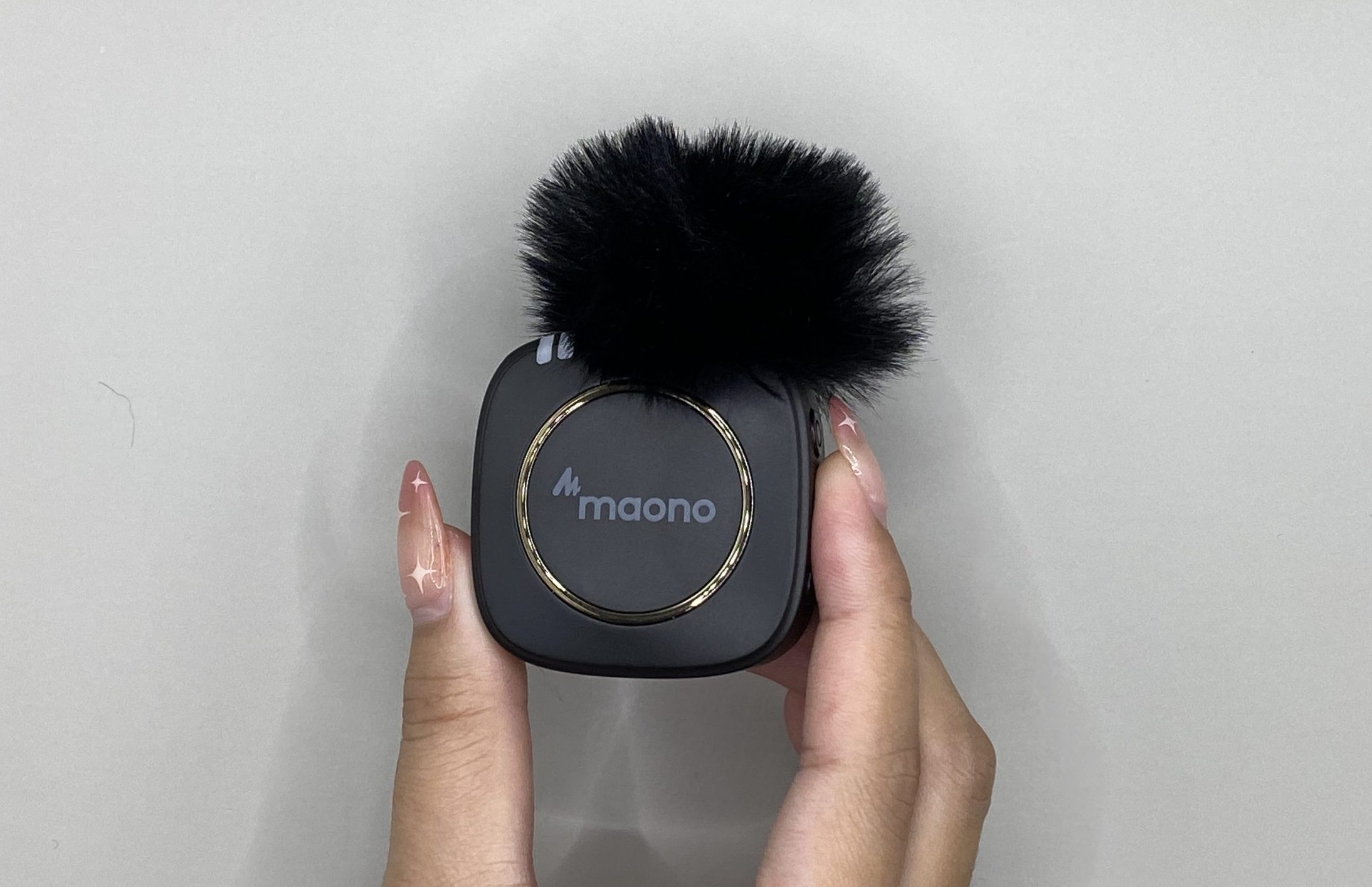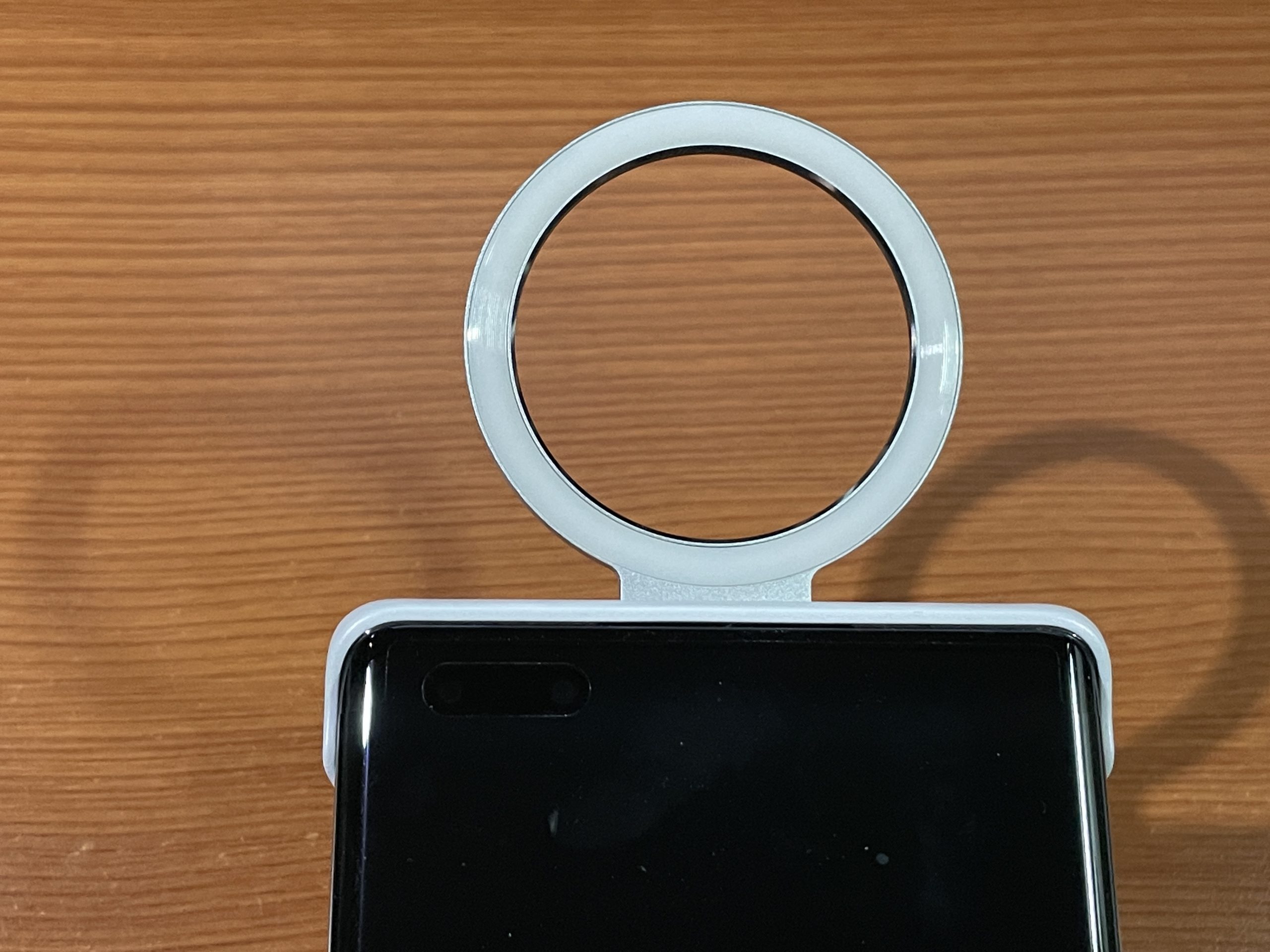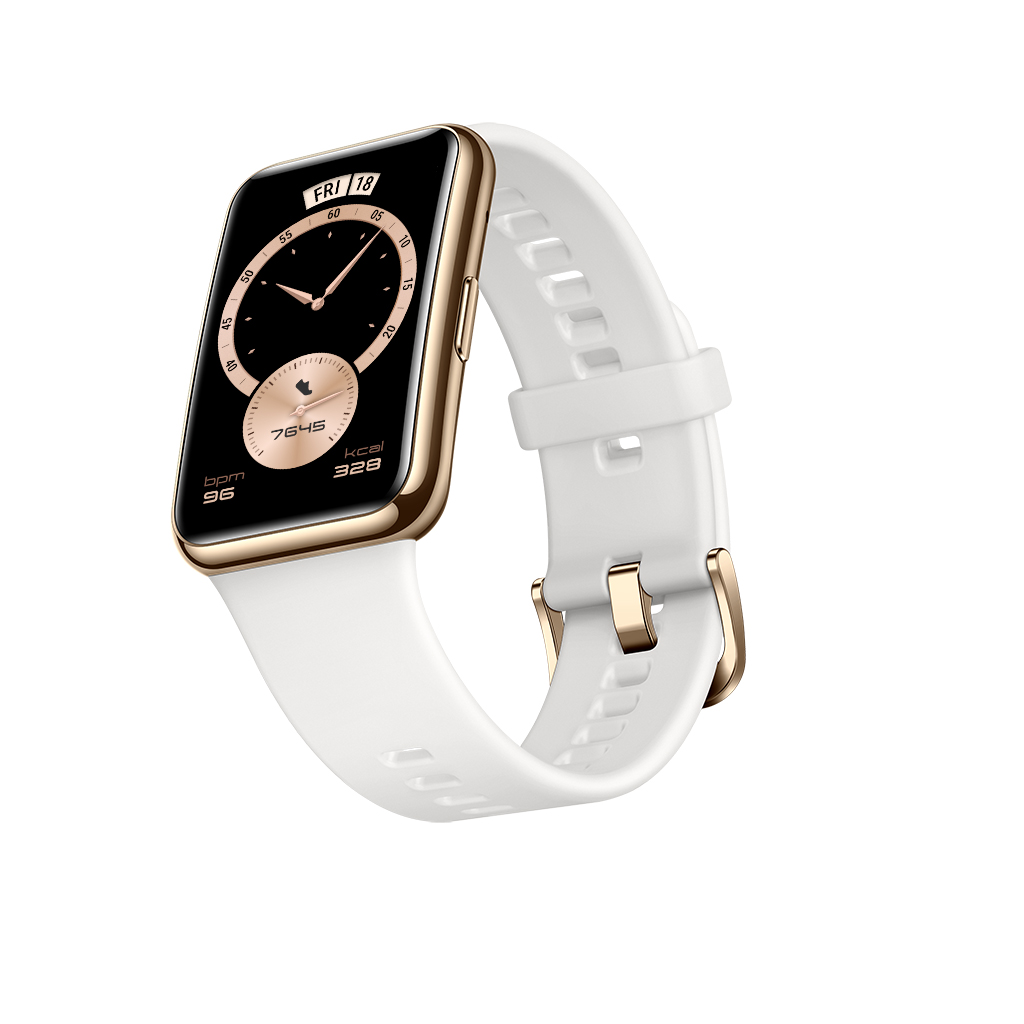
Oh. So. Pro. That’s the slogan for Apple iPhone 13 Pro series. But I feel it probably might have been more suitable the new Apple MacBook Pro. I mean, this is the new MacBook Pro with Apple’s latest M1 Pro chip supercharged for the pros. That’s already more Pros than iPhone 13 Pro.
The new M1 Pro MacBook Pro (MBP) comes in two variants – 14-inch and 16-inch – and two colours of space-grey and silver.
SPECS
PRICE: From $2,999
PROCESSOR: Apple M1 Pro (8-core CPU, 16-core GPU)
DISPLAY: 14.2-inch mini-LED-backlit, 3,024 x 1,964 pixels
OPERATING SYSTEM: macOS 12.0.1 Monterrey
SYSTEM MEMORY: From 16GB
STORAGE: From 512GB SSD
CONNECTIVITY: MagSafe, 3 x Thunderbolt 4 (USB-C), 1 x SD card reader, 1 x HMDI, 1 x 3.5mm headphone jack
BATTERY: 70 Wh
WEIGHT: 1.6kg
Apart from the display size and battery size, both variants of the new MBP share almost the same design features. For this review, we tested the “entry-level” off-the-shelf space-grey 14-inch MBP. At S$2,999, it is also the cheapest model of the new MBP series.
DESIGN & DISPLAY
For that moolah, you are getting a newly-designed chassis that clearly pays homage to Apple’s old titanium and aluminium PowerBook series. It has that same blocky design with flat sides and curved corners.

Yet, it is actually 1mm thinner than the M1 13-inch MacBook Pro but weighs 200g heavier at 1.6kg. Not exactly a super lightweight laptop like some of its Windows counterparts.
At the bottom of the 14-inch MBP, you will find four raised and rather-big rubber feet at four corners and two air vents – each on one side – which are reminiscent of the Titanium PowerBook (my personal favourite PowerBook of all time). But there is the “MacBook Pro” name coolly engraved on the bottom’s middle. This is so much more subtle than the name below the display in current MBP models.

This MBP is much lighter than the 16-inch Intel MBP that I am using. Also, its smaller size means it will fit into any backpacks easier.
And Apple has heard the pros’ cries for ports. This MBP features the ports pros been crying for. On the left side of the chassis, there is a MagSafe power port, two Thunderbolt 4 (USB-C) ports and a 3.5mm headphone jack. And on the right side, you will find a HDMI 2.0 port, a SD card (UHS-II) reader and a Thunderbolt 4 port.

Left side 
Right side
If you think you have to keep lugging the MagSafe cable every where you go, fret not. The MBP can still be charged by any of the USB-C port. So,
The lid has a large, shiny and glossy Apple logo in the middle that will attract your fingerprint like a magnet. Open the lid, and a 14.2-inch Liquid Retina XDR display with a front-facing 1080p FaceTime HD camera notch welcomes you.
If you think this camera notch will distract you, your worries are unfounded. In a day or two, you will not even notice it is there. The notch sits on the menu bar anyway, so it is a part of the display you will not use. The apps I have used so far have yet to have option hidden behind the notch.

Not to mention, this display is gorgeous with a P3 wide colour gamut, up to 1,000 nits full-screen brightness and supports 1 billion colours. And it also features ProMotion technology for adaptive refresh rates of up to 120Hz for smooth browsing.
ProMotion is turned on by default, but you can change it to these fixed refresh rate options – from 47.95Hz, 48Hz, 50Hz, 59.94Hz to 60Hz. Frankly speaking, I do not see the need to turn off ProMotion. The difference between ProMotion and the slower refresh rates is too noticeable, even when you are browsing websites.

In addition, the MBP’s display allows you to see better with whiter whites and darker blacks. This really helps during photo editing to get the correct colours.
Moving down to the keyboard, you will notice that the much-maligned Touch Bar is gone and replaced by a row of function keys and a Touch ID button. There is also a new keyboard that is supposed to give you “tactile feel of the mechanical keys and a spacious full-height function row to register each keystroke”.

However, the feel is no where near typing on a real mechanical keyboard. It is still a nice typing experience. But I think it is more like typing on an iMac Magic Keyboard. In fact, I think Apple has literally transplanted that Magic Keyboard on to the MBP. If you put the keyboard on top of MBP’s keyboard, they fit almost exactly to the tee.

PERFORMANCE
This review unit is armed with the latest Apple M1 Pro (8-core CPU, 16-core GPU) processor, 16-core neural engine, 16GB unified memory and 512GB SSD storage. While the specifications do not seem to be awe-inspiring, the performance is mouth-dropping.
FOR
+ Gorgeous display
+ Great overall performance
+ Return of SD card reader and HDMI port
+ Can still be charged via USB-C port
+ 1080p webcam
AGAINST
– Expensive
– That camera notch
– No Face ID
In the GeekBench 5 benchmarking test, this MBP scored (single-core) and 9,889 (multi-core). By comparison, the 2020 13-inch M1 MacBook scored 1,673 (single-core) and 7,449 (multi-core), whereas the 2019 16-inch Intel MacBook Pro scored 1,122 (single-core) and 6,784 (multi-core). In simple terms, the M1 Pro MBP is really fast.
Previously in the first look, I said I experienced a little slowdown running Apple-provided demos on Adobe Premiere Pro, Affinity Photo, Cinema4D, Final Cut Pro, Logic Pro and other applications like Safari and Xcode at the same time.
But with my own daily work – which involves running a gazillion (ok, only 20) tabs on Chrome browser, Safari browser with slightly less tabs, browsing Slack, editing photos on Pixelmator Pro, plenty of PDFs on Preview and the Mail app running – I have yet to experience any significant slowdown or lag during these few weeks using the MBP.
Admittedly, I am not a power user like those sound and video editors who might be needing way more firepower than this laptop can offer. But for the most of us, this particular model is probably more than good enough.

In addition, this M1 Pro MBP is supposed to be able to connect to two Apple Pro Display XDRs. I do not even have one such Apple display, but the review MBP have no problems connecting to a 34-inch 1080p ultra-wide monitor and a 28-inch 4K monitor at the same time.
But it is a shame that the display’s camera notch does not support Face ID, which I think Apple decided to omit as it might result in a bigger and thicker notch.
On the upside, the notch’s 1080p camera offers much better image quality than the most laptop web cameras. This is certainly useful in this era of endless video conferences.
BATTERY LIFE
Despite having a relatively modest 70-watt-hour battery, the battery life of this MBP is simply excellent.
In our video-loop battery test whereby we loop a HD video at full brightness with ProMotion turned on, this MBP lasted for 12 hours 40 minutes before it went flat. By comparison, the 2019 16-inch Intel MBP can only last 9 hours and 46 minutes.
In fact, this MBP’s timing beats our battery test record of 11 hours 22 minutes previously held by Aftershock Lunar 15 Max.
VERDICT
With more ports, more power and more display colours, the Apple MacBook Pro (14-inch, 2021) is undoubtedly the best Mac laptop you can buy right now apart from its 16-inch cousin.
But it also means costing more. This Mac laptop is not cheap starting from S$2,999. If you souped it up to the max with the best M1 Max chip, 64GB of unified memory and 8TB of flash storage, it will cost you a whopping S$8,849. That said, if you are a pro who can afford it, this is the Mac laptop to get.
RATINGS
FEATURES: 8/10
DESIGN: 9/10
PERFORMANCE: 9/10
BATTERY LIFE: 10/10
VALUE FOR MONEY: 8/10
OVERALL: 9/10 [SGEEK Editor’s Choice]






